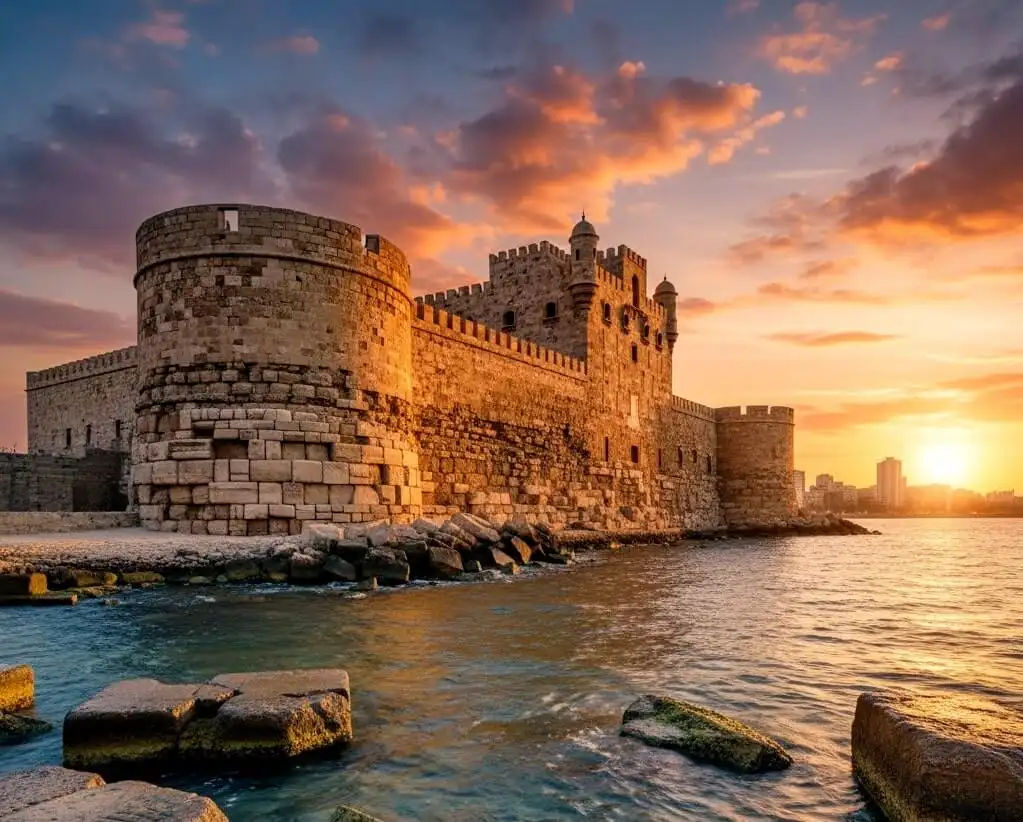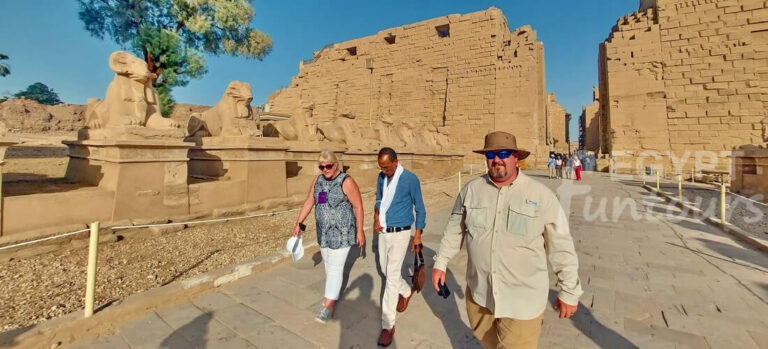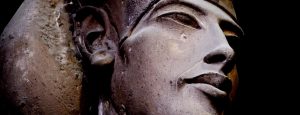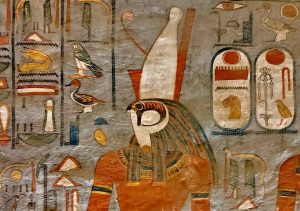Engineering a Wonder: Construction & Design

Building the Lighthouse of Alexandria was a monumental undertaking, pushing the limits of ancient engineering. It required a visionary architect, a massive budget, and a brilliant design that solved multiple problems at once.
The Minds Behind the Marvel: Ptolemy and Sostrates
The project was so large that it spanned the reigns of two kings. First, Ptolemy I Soter commissioned the lighthouse around 290 BCE, providing the vision and, most importantly, the funds. Then, his son, Ptolemy II Philadelphus, oversaw its completion roughly a decade later, around 280 BCE.
However, the true genius behind the design was the architect, Sostrates of Cnidus. An amazing (though perhaps legendary) story illustrates his ambition. Sostrates desperately wanted his own name on his masterpiece. Ptolemy II, naturally, wanted his name on it.
Sostrates supposedly carved his own dedication deep into the marble foundation: “Sostrates of Cnidus, son of Dexiphanes, to the Savior Gods, for those who sail the seas.” Afterward, he covered his carving with a layer of plaster, which he then inscribed with Ptolemy’s name. Sostrates knew that, eventually, the sea, wind, and time would erode the plaster. As a result, Ptolemy’s name would vanish, and his own would be revealed, etched in stone for eternity.
What Did the Lighthouse of Alexandria Look Like?
Because the structure is gone, we must rely on historical descriptions to reconstruct its appearance. Fortunately, contemporary travelers like Strabo and, centuries later, Arab scholars like Al-Masudi and Ibn Battuta wrote detailed accounts.
Based on these accounts, historians agree the Pharos was not a simple tower. Instead, it was a revolutionary, three-tiered structure.
- The Base: First, a massive, square base, estimated at 30 meters (100 ft) high, served as the foundation. This was a building in itself, likely housing administrative offices, a barracks for soldiers, and stables for the animals that hauled fuel. A large, internal ramp spiraled up through this section.
- The Middle: Above this, the tower transitioned into a slightly smaller, octagonal (8-sided) middle section, which rose for another 30 meters (100 ft).
- The Top: Finally, a circular (round) tower capped the structure. This section held the lantern itself and the famous mirror.
How Tall Was the Lighthouse of Alexandria?
While we don’t know the exact figure, all accounts agree the Lighthouse of Alexandria was a true “ancient skyscraper.” Most modern estimates place its final height between 100 meters (330 ft) and 137 meters (450 ft).
To put this in perspective, it was three to four times taller than the Colossus of Rhodes and significantly taller than the modern Statue of Liberty (93m). In fact, for over a thousand years, the only built structure on Earth that stood taller was the Great Pyramid of Giza. It was a staggering feat of engineering.
The Summit: The Mystery of the Light
So, how did the lighthouse actually work? This remains its most fascinating and debated feature.
At its simplest, a large, open fire burned at the summit 24/7, likely consuming vast quantities of oil or resin-rich wood. But the true marvel was the mirror. Ancient sources describe a massive, curved mirror, likely forged from highly polished bronze or silver, that sat behind the flame.
This mirror served a dual purpose. It concentrated the fire’s light into a powerful, focused beam. Furthermore, it’s claimed this system was so effective that sailors could see the light for over 50 km (35 miles) at night, guiding them safely to the harbor. During the day, the smoke from the fire would have been just as important, rising in a thick column that acted as a clear navigational marker.





























